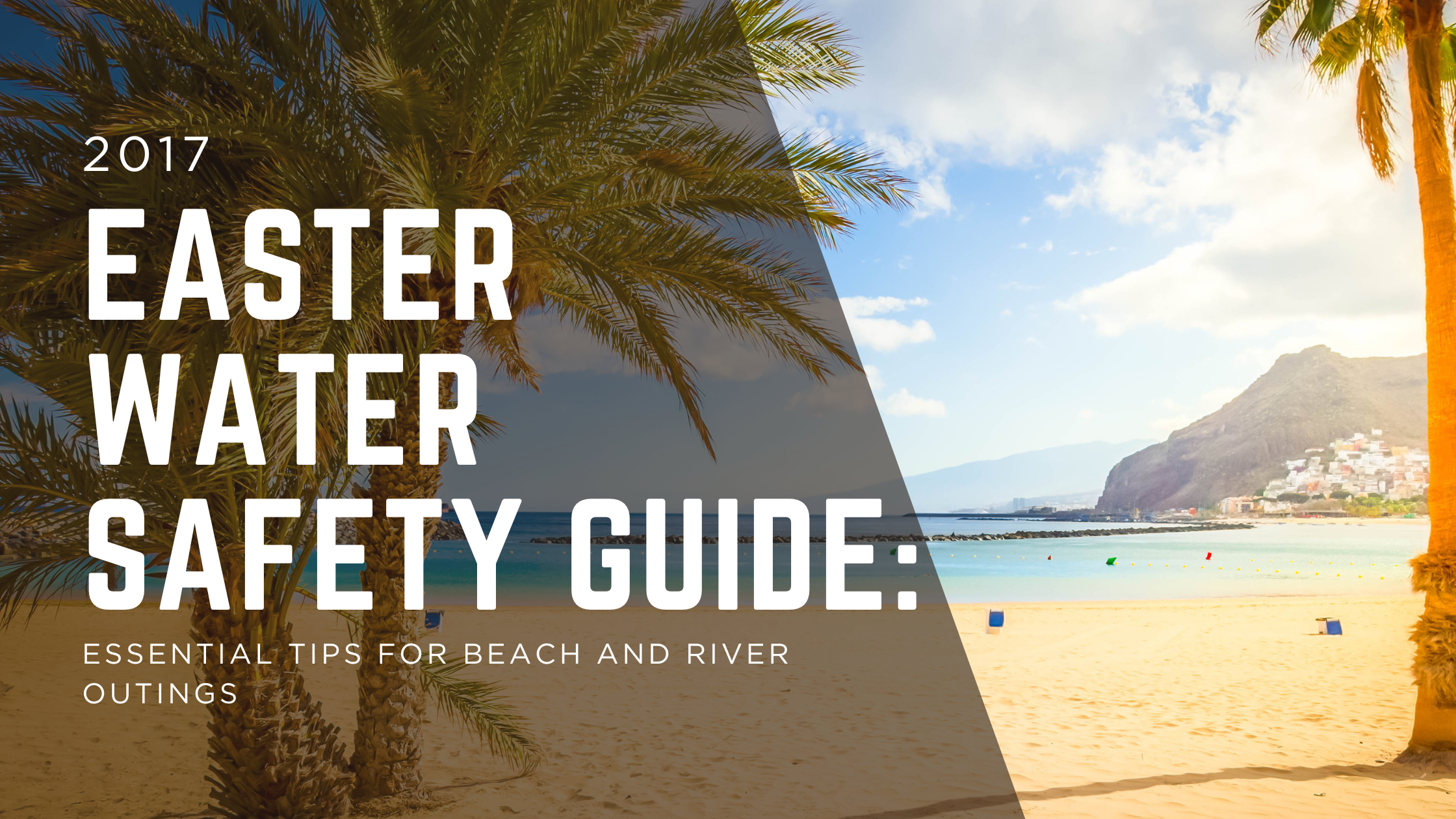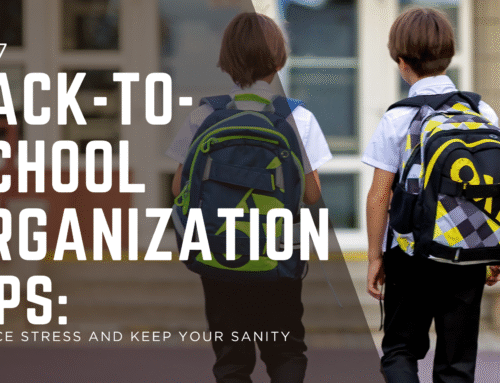
As we extend warm Easter greetings to our community, we recognize this holiday brings thousands to beaches and rivers for memorable family moments. With most beaches lacking lifeguard supervision, this comprehensive water safety guide ensures your family returns home safely after enjoying the holiday festivities.
🌊 Critical Safety Notice
Most Trinidad beaches operate without lifeguard supervision. Your safety depends on personal awareness and following these essential water safety protocols.
Essential Water Safety Fundamentals
1. The Reality of Drowning Risks
Understanding that water dangers affect everyone, regardless of swimming ability.
💧 Water Safety Reality Check
- Anyone can drown: Even strong swimmers can succumb to water conditions, medical issues, or injuries
- False security: Floatation devices can create dangerous overconfidence
- Unpredictable conditions: Ocean and river environments change rapidly
2. Supervision and Buddy System
The foundation of water safety begins with proper supervision practices.
- Always swim with a buddy – never allow anyone to swim alone
- Maintain constant visual supervision of children near water
- Stay within arm’s reach of young children at all times
- Avoid distractions (phones, books) when supervising children
👨👩👧👦 Child Supervision Protocol
Never trust a child’s life to another child. Teach children to always ask permission before going near water, and if a child is missing, check the water first – seconds count in preventing tragedy.
Beach and Ocean Safety Specifics
1. Understanding Water Conditions
Recognizing and responding to ocean hazards.
🌅 Identifying Rip Currents
- Look for long brownish lines of water moving seaward
- Watch for criss-cross wave patterns
- Notice debris or garbage accumulating in specific areas
- Avoid swimming in these identified risk zones
2. Beach Navigation and Hazard Awareness
Staying safe in dynamic beach environments.
- Turn back if you encounter small potholes while walking in water
- Never swim past buoy markers – they protect from boat traffic
- Respect flag warning systems at patrolled beaches
- Immediately cooperate with lifeguard whistles and warnings
🚩 Understanding Beach Warning Flags
- Red & Yellow Flags: Patrolled areas safe for swimming
- Red Flags: Dangerous water conditions – avoid swimming
- Always swim between red and yellow flags when available
Boat and Watercraft Safety
Essential Requirements for Sea Excursions
Protecting passengers during boat trips and pleasure cruises.
- Operators must provide life jackets (PFDs) for every passenger and crew member
- All boat passengers should wear life jackets while on the water
- Verify safety equipment before departing on any water excursion
- Choose reputable operators with proper safety certifications
Home and Pool Safety Measures
1. Residential Pool Security
Preventing accidents in home swimming environments.
🏊♂️ Pool Safety Checklist
- Remove access ladders from above-ground pools when not in use
- Secure safety covers properly on all pools
- Eliminate climbable access points near pool areas
- Store pool toys away when not in use to avoid attracting children
2. Family Safety Rules and Education
Establishing and enforcing water safety protocols.
- Create clear family rules about water activities
- Enforce rules consistently without exceptions
- Prohibit dangerous activities like breath-holding contests
- Educate children about water dangers from an early age
Critical Safety Reminders
1. Alcohol and Water Safety
Understanding the dangerous combination of alcohol and water activities.
- Avoid alcohol consumption when swimming or supervising swimmers
- Alcohol impairs judgment, balance, and coordination
- It reduces swimming ability and the body’s capacity to stay warm
- Designate sober supervisors for all water activities
2. Equipment and Floatation Awareness
Using safety equipment properly without creating false security.
🛟 Floatation Device Guidelines
- Have young children wear approved life jackets around water
- Never rely solely on floatation devices for safety
- Weak swimmers should avoid inflatable toys in open water
- Understand that currents can quickly carry floatation devices into danger
Comprehensive Water Safety Approach
Water safety requires multiple layers of protection. From constant supervision to understanding environmental hazards, each precaution contributes to preventing tragedies. Remember that even experienced swimmers can encounter unexpected dangers in natural water environments.
🔜 Additional Safety Resources
For more comprehensive safety information, explore our complete family safety guide series covering home security, travel safety, and emergency preparedness.
“A wealthy person is simply someone who has learned how to make money when they’re not working.” – Robert Kiyosaki







